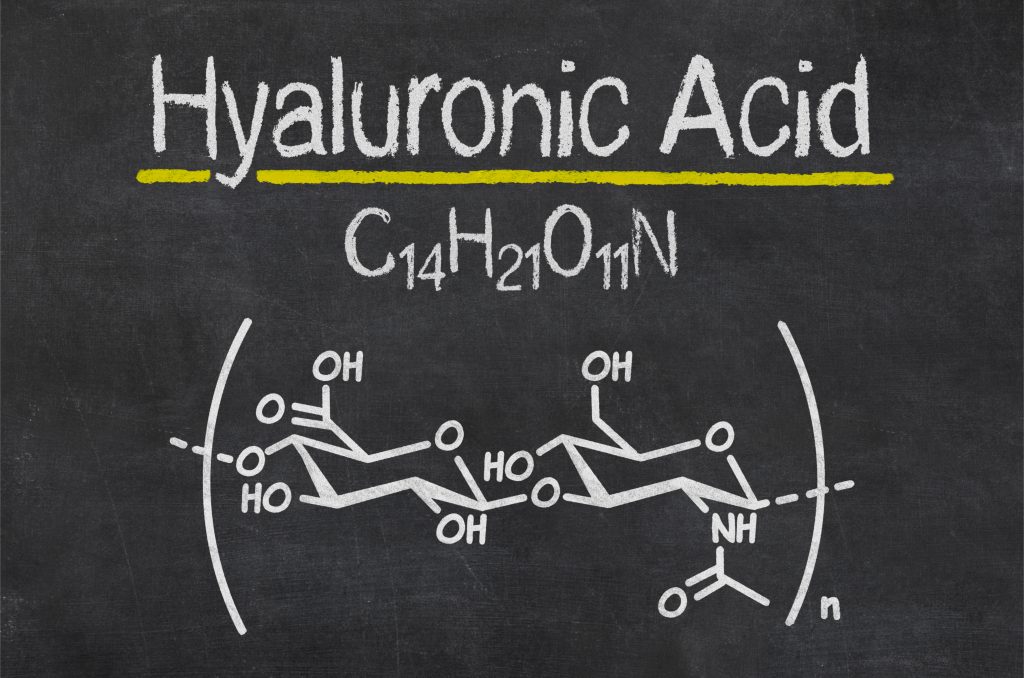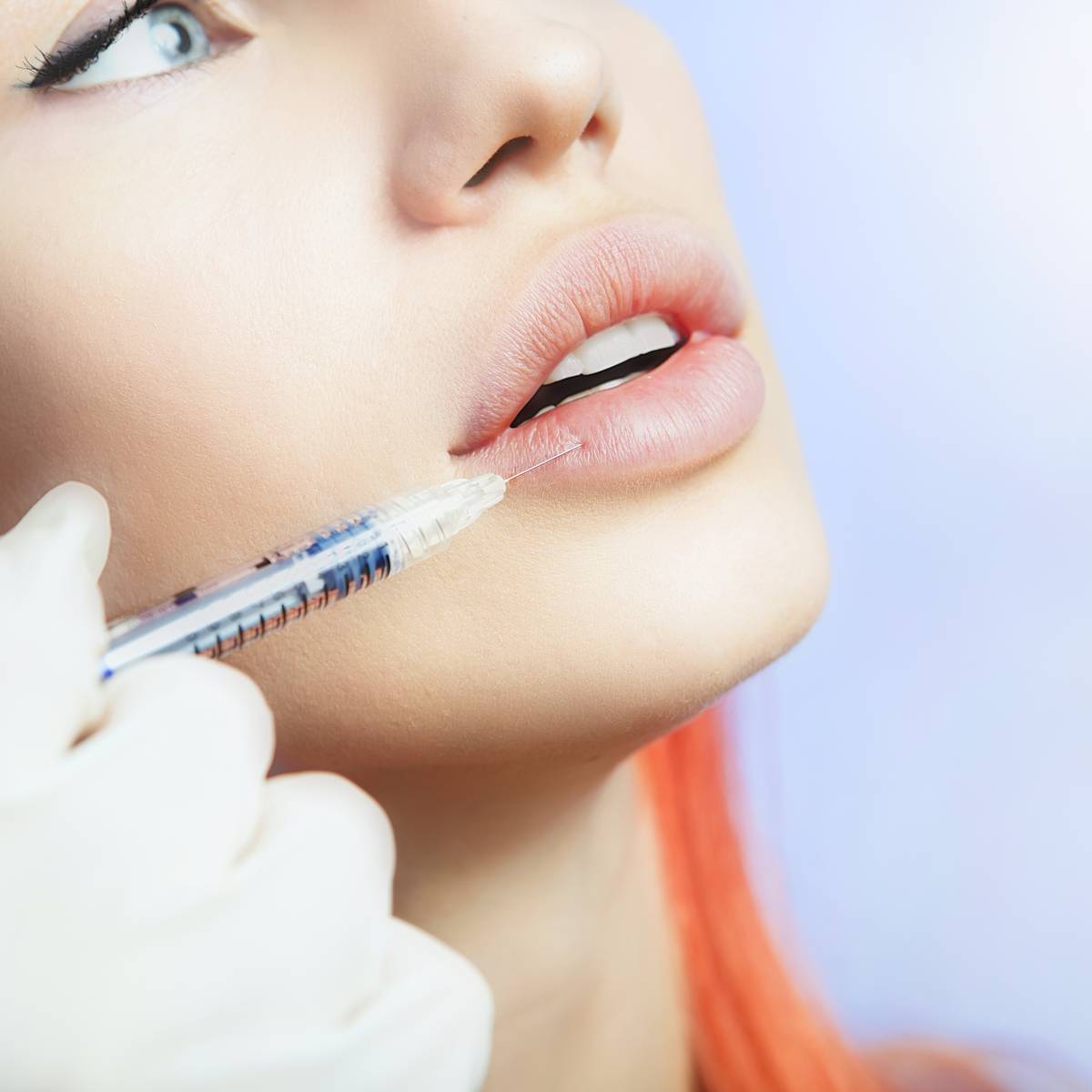As we grow up and mature…
we gain experiences and knowledge. But we also gradually lose elements of youth that we used to take for granted, such as our full and rosy cheeks and firm skin.
Certainly, our genetic makeup and way of life play a crucial role in how we grow older
With the life wisdom we have acquired we are called to make wise choices in anti-aging matters. Therefore, in the matter of injectable fillers, international organisations indicate that a high quality and high level of scientific experience are essential for their selection and implementation. Fillers help to compensate for the lost skin volume and help and reduce the depth of wrinkles.
At About Skin we only choose hyaluronic fillers of non-animal origin from approved companies with an excellent safety profile.




